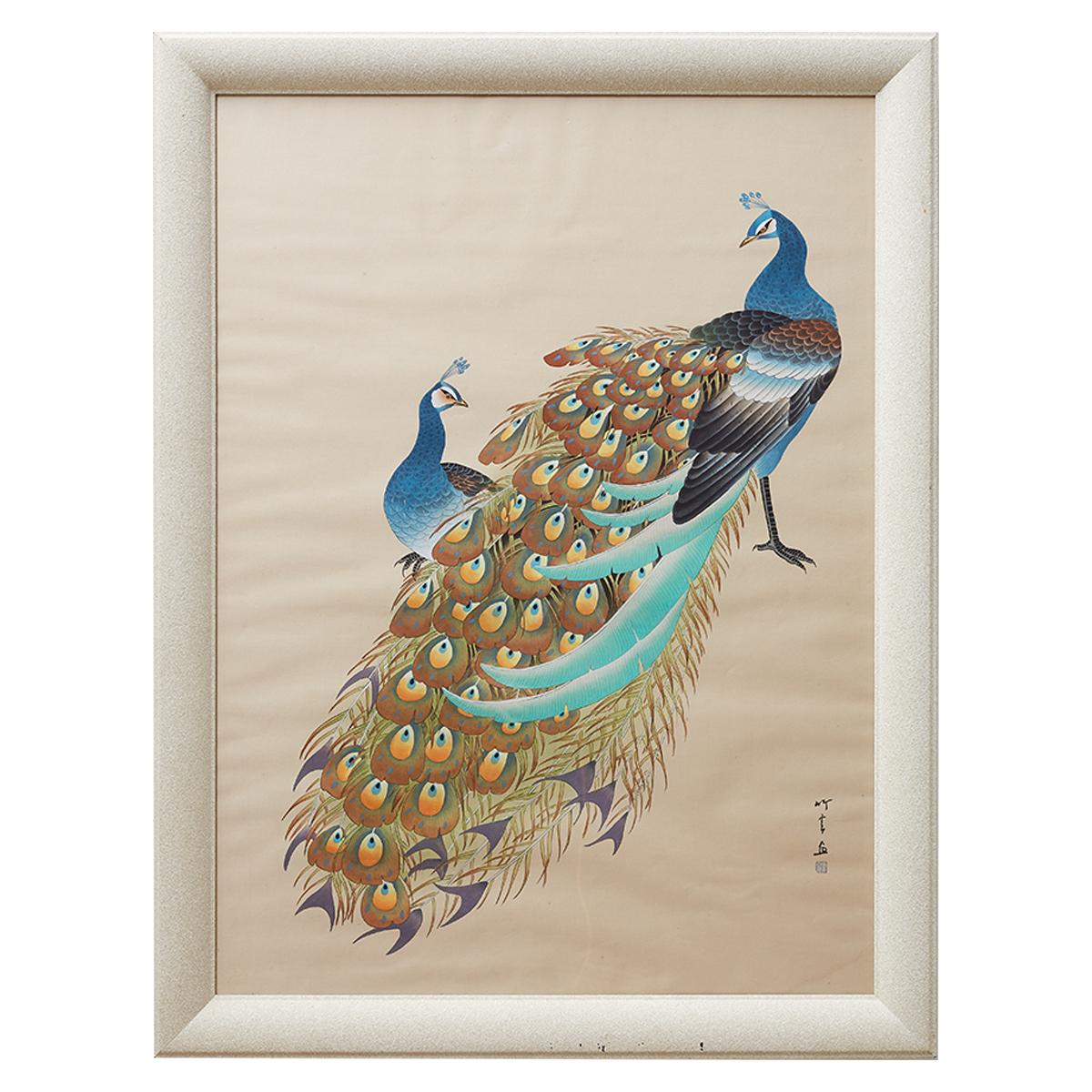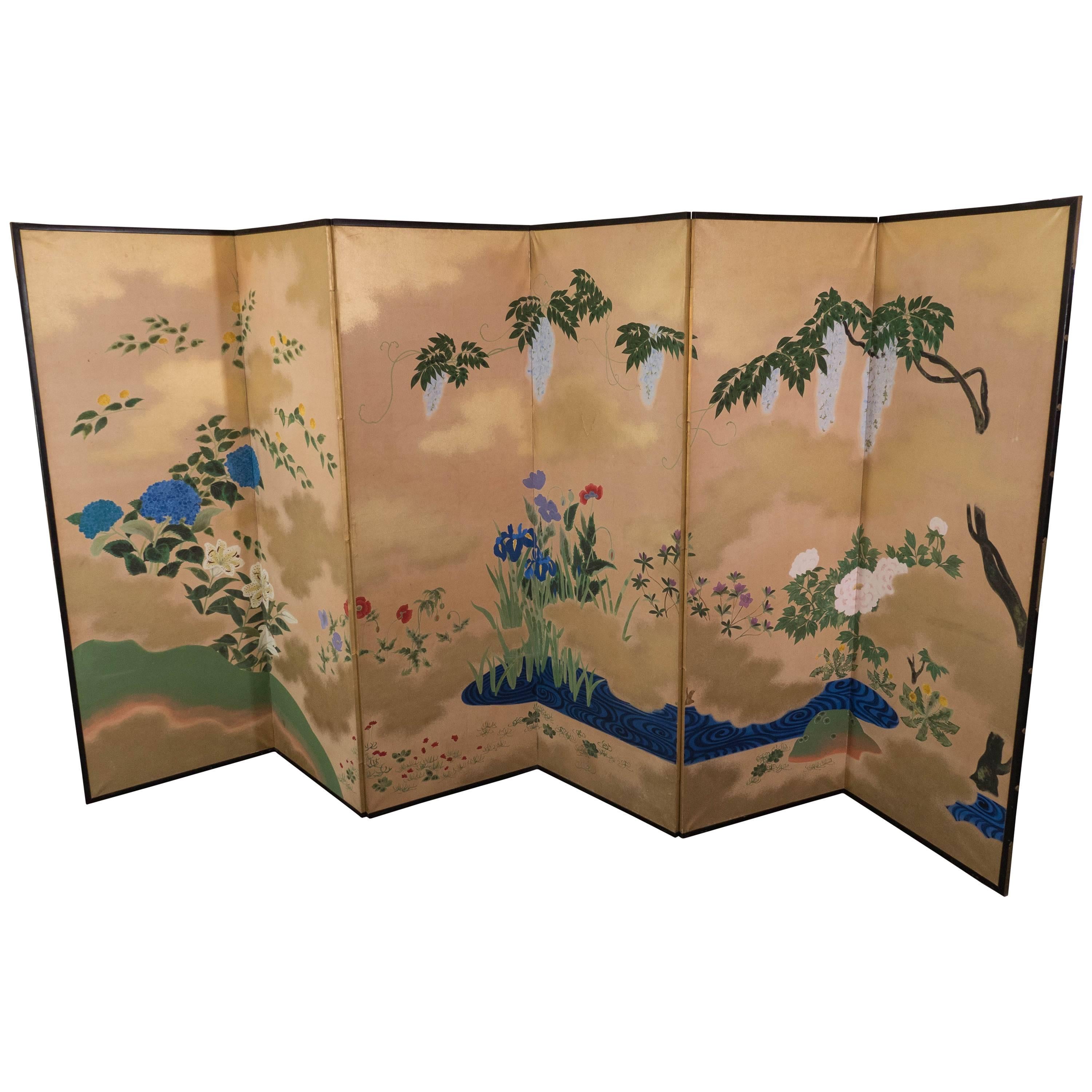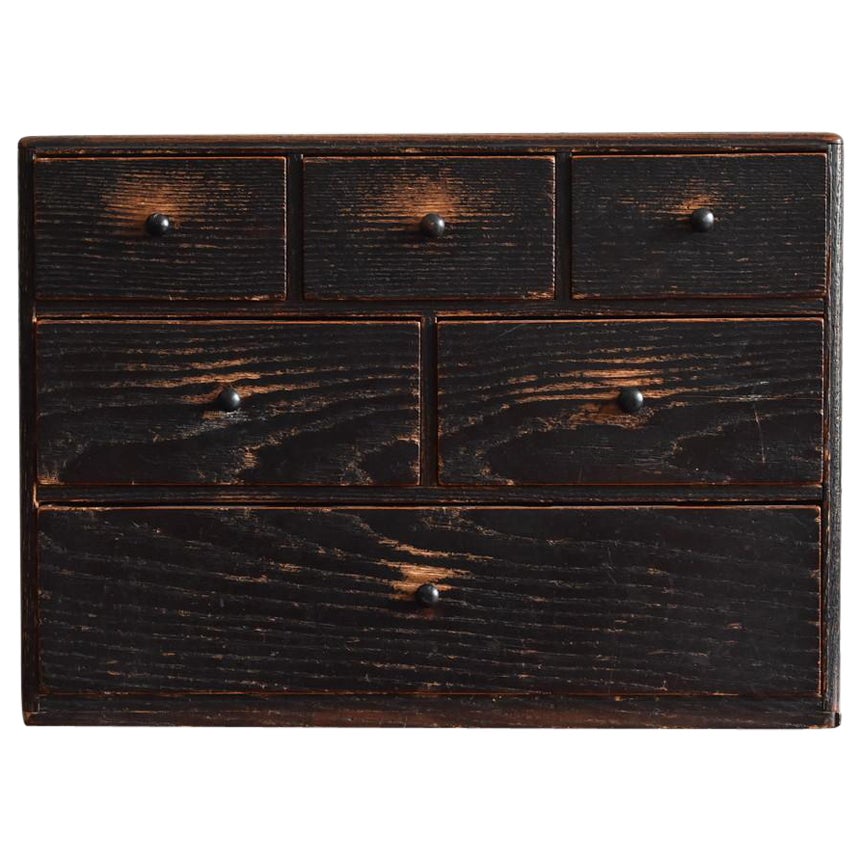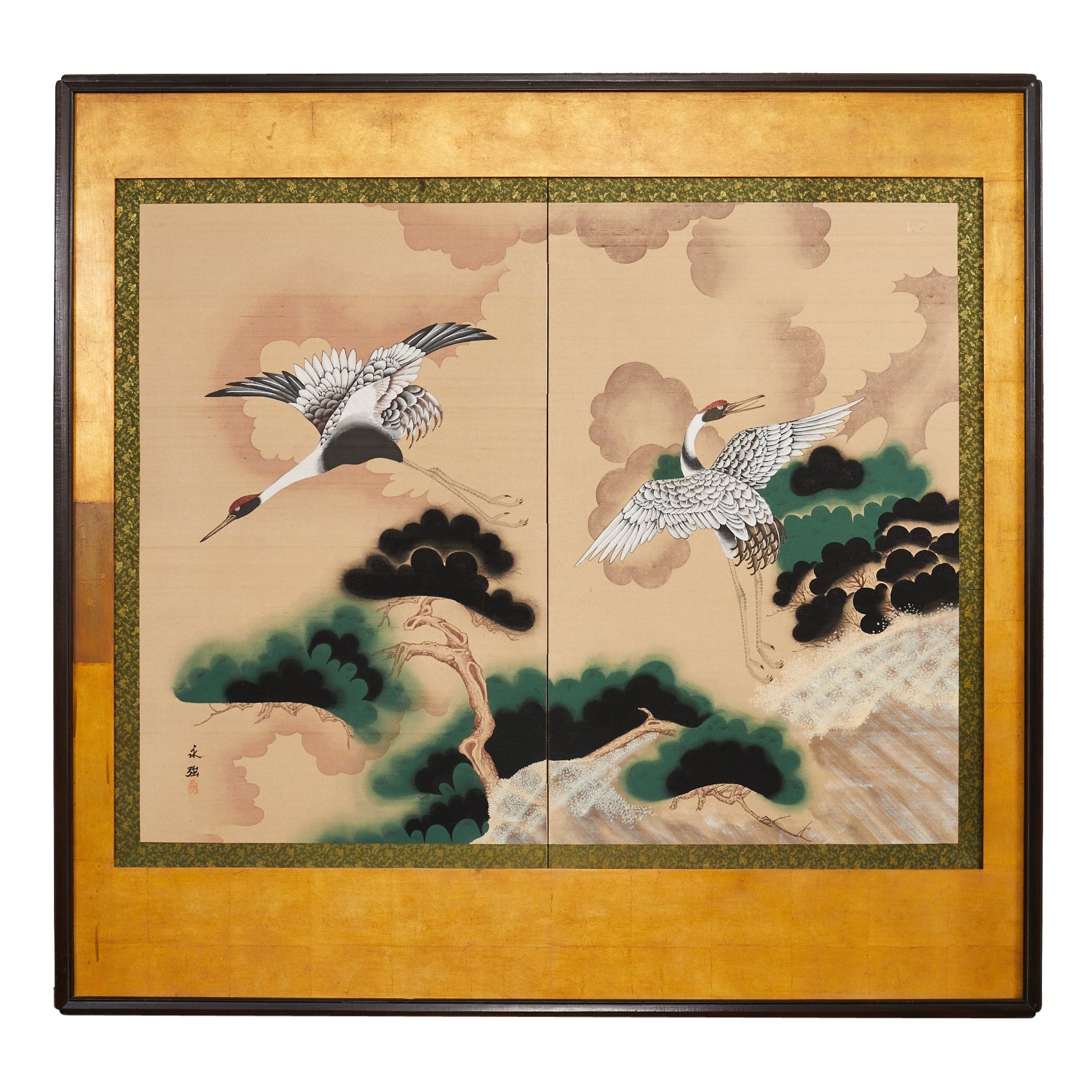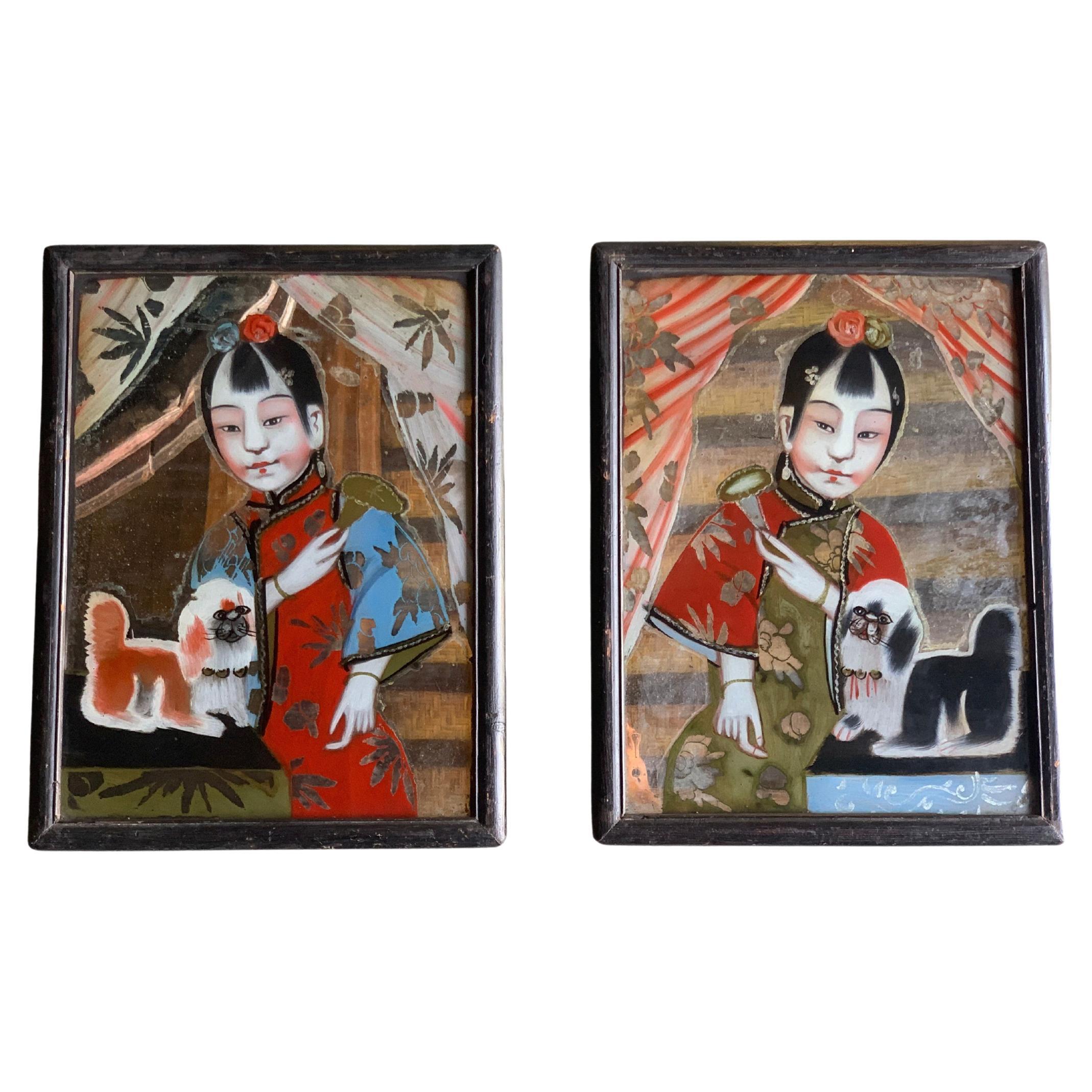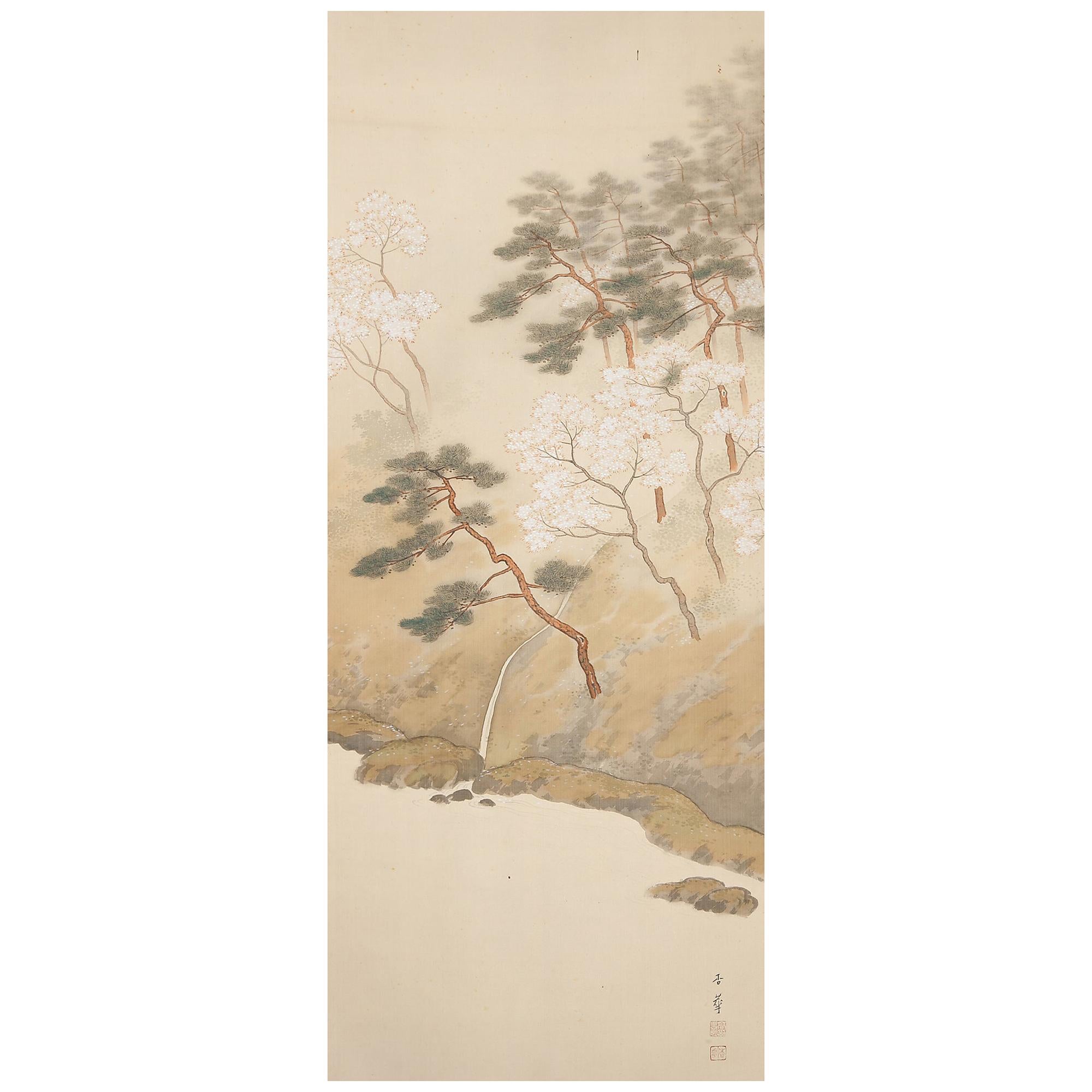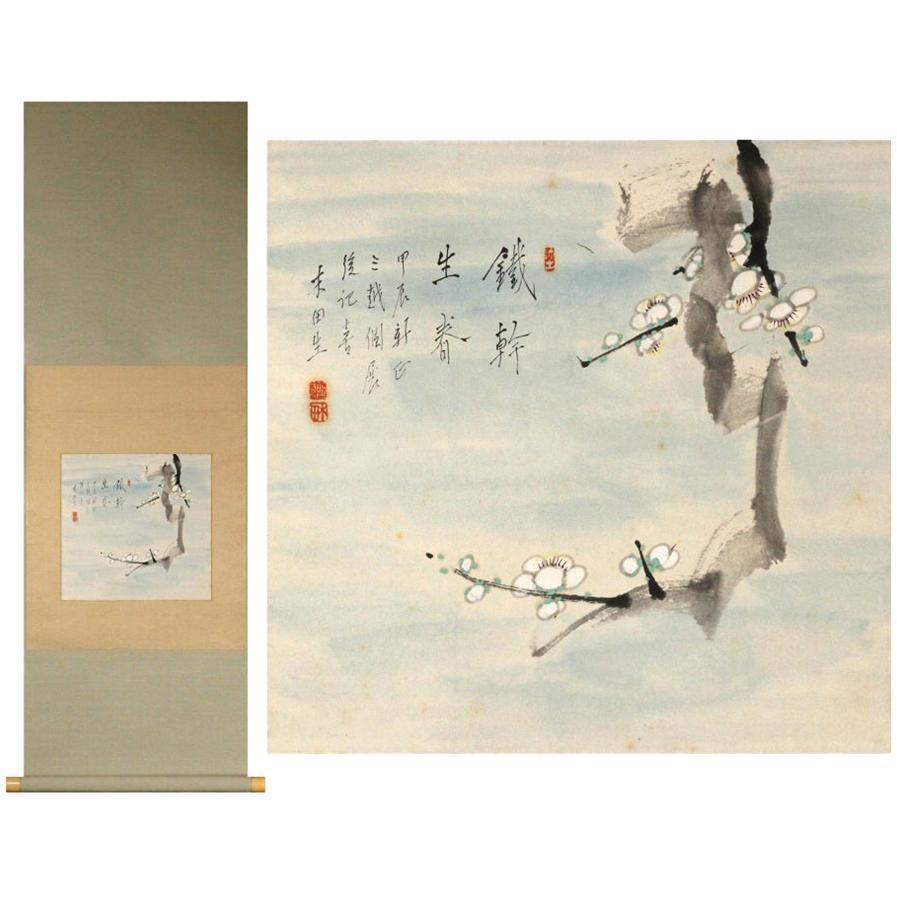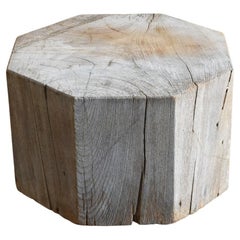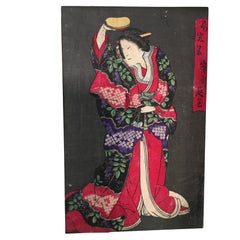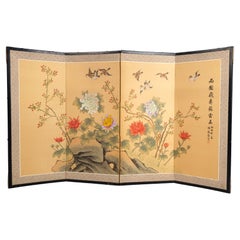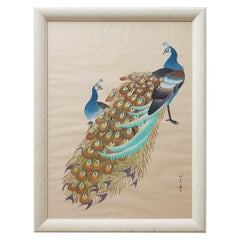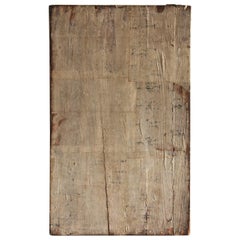
Old Japanese Wooden Box Lid / Early Showa Period 1912-1950 / like a Painting
View Similar Items
Want more images or videos?
Request additional images or videos from the seller
1 of 14
Old Japanese Wooden Box Lid / Early Showa Period 1912-1950 / like a Painting
About the Item
- Dimensions:Height: 26.58 in (67.5 cm)Width: 16.15 in (41 cm)Depth: 2.37 in (6 cm)
- Style:Showa (Of the Period)
- Materials and Techniques:Cedar,Woodwork
- Place of Origin:
- Period:
- Date of Manufacture:1912-1950
- Condition:
- Seller Location:Sammu-shi, JP
- Reference Number:1stDibs: LU5487223076772
About the Seller
5.0
Platinum Seller
These expertly vetted sellers are 1stDibs' most experienced sellers and are rated highest by our customers.
Established in 2015
1stDibs seller since 2020
1,118 sales on 1stDibs
Typical response time: 4 hours
More From This SellerView All
- Japanese Old Small Wooden Drawer / 1912-1950 / Accessory Case/ Taisho-ShowaLocated in Sammu-shi, ChibaIt is a small drawer from the Taisho era to the early Showa period (1912-1950) in Japan. The outer material is made of chestnut. The inside is cedar wood. It's very cute. Also,...Category
Mid-20th Century Japanese Showa Furniture
MaterialsChestnut
- Japanese Old Wooden Humanoid Figurine / Wabisabi Sculpture ObjectLocated in Sammu-shi, ChibaThis is an old decayed wooden humanoid figurine made in Japan. It is rotting and the detailed age is unknown. The background is unknown, but it is a very beautiful being. One wonder...Category
Late 20th Century Japanese Showa Antiquities
MaterialsWood
- Japanese Old Wooden Octagonal Display Stand / 1880-1920 / Withered Small StandLocated in Sammu-shi, ChibaThis is an old Japanese octagonal pedestal. The Material is zelkova wood. It is believed to have been made between the end of the 19th century and the beginning of the 20th century...Category
Antique Late 19th Century Japanese Meiji Antiquities
MaterialsWood
- Antique hanging scroll of Japanese cat/Late Edo-Meiji period/Cat paintingLocated in Sammu-shi, ChibaThis is a picture of a cat drawn by a person named "Toshizumi Nitta" from the end of the Edo period to the beginning of the Meiji period. She is a very simple and cute cat. He is a vassal of the Tokugawa Shogunate, born in Ota City, Gunma Prefecture (southern part of Gunma Prefecture). He was related to the Tokugawa family and lived in a large mansion in the Ota clan in Gunma prefecture. However, the Nitta family's territory was very small, and they were by no means a wealthy vassal. He seems to have lived quite poorly. So he painted cats and sold them to people. The Nitta family continued to draw pictures of this cat for four generations. "Nitta toshizumi" is equivalent to the fourth generation. During the Edo period, sericulture was thriving in the Kanto region. Cats were said to be the gods of silkworms, as they drive away mice, the natural enemies of silkworms. It was the Nitta family who drew such a cat on paper, pasted it in the silkworm chamber, and sold it as a mouse repellent. There were also other monks who painted pictures of cats, but the Nitta family in particular was related to the Tokugawa family, so people believed that paintings of cats had special powers. , a lot of paintings...Category
Antique Late 19th Century Japanese Edo Paintings
MaterialsPaper
- Old Japanese concrete decorative stand/1930-1970/Bonsai standLocated in Sammu-shi, ChibaThis is a small stand made of old Japanese concrete. This shape is called "Makidai" and it got its name from the fact that its legs curl inward. "Maki" = roll "Dai" = stand This des...Category
Mid-20th Century Japanese Showa Antiquities
MaterialsConcrete
- Japanese old wooden stool / 20th century / Taisho to Showa periodLocated in Sammu-shi, ChibaThis is a stool that was made from the Taisho period to the mid-Showa period (1910 to 1960) in Japan. They are often used in factories and craftsmen's workshops, but they were also f...Category
20th Century Japanese Taisho Stools
MaterialsBeech
You May Also Like
- Period Japanese Ink Drawing GheishaLocated in Roma, ITFascinating and important oriental coloured drawing Japanese Gheisha. Every item of our Gallery, upon request, is accompanied by a certificate of authenticity issued by Sabrina Egidi...Category
Antique Late 19th Century Japanese Japonisme Paintings and Screens
MaterialsPaper
- Japanese Four-Panel Folding Screen Byobu Signed Showa Period C.1950Located in London, GBA four-panel Japanese Byobu folding screen depicting a floral scene with birds. Japan, C.1950 Showa Period An attractive example, beautifully h...Category
Mid-20th Century Japanese Showa Paintings and Screens
MaterialsSilk, Paper
- Japanese Showa Period Peacocks Painted on SilkLocated in Rio Vista, CAColorful Japanese ink and color on silk Showa painting of a pair of peacocks. Vivid colors and beautiful details with a signature and seal on right side bottom. Framed in a midcentur...Category
20th Century Japanese Showa Paintings and Screens
MaterialsSilk, Plexiglass, Paper, Wood
$1,440 Sale Price20% Off - Japanese Showa Period Folding Screen with Painted CranesLocated in New York, NYJapanese Showa period four panel folding screen finely painted with a theme of cranes in four elegant positions. The piece is signed and was made in circa 1950 in Japan. In great vi...Category
Vintage 1950s Japanese Showa Paintings and Screens
MaterialsFabric, Wood, Paint
- Japanese Six-Panel Screen, Late Meiji-Early Showa PeriodLocated in New York, NYAn elegant six panel screen, produced in Japan within the early 20th century period, circa late Meiji to the early Showa period, which comes set within a black lacquer frame, depicti...Category
Early 20th Century Japanese Paintings and Screens
MaterialsPaper, Wood
- Japanese Late Meiji-Early Showa Period Six-Panel ScreenLocated in New York, NYThis six panel Japanese screen, produced early 20th century, amidst the late Meiji to early Showa period, comes set within a black lacquer frame, with paintings of various foliage, f...Category
Early 20th Century Japanese Paintings and Screens
MaterialsPaper, Wood


